During the darkest days of World War II, the British War Office considered any and every option to combat the burgeoning Nazi menace on the continent of Europe. The turning points had yet to take place, and the United States had just entered the war following the Japanese attack on Pearl Harbor when, on December 24, 1941, the Singer Sewing Machine Company responded to the British Chemical Defense Research Department following what appeared to be an odd request for needles.
“From your remarks it would seem that that the needles are required for some other purpose, other than sewing machines …” a Singer correspondent wrote after an assessment that the British request for a huge quantity of needles was extraordinary, not to mention that the chemical warfare people had put forth the request as well. In fact, it was extraordinary, something which might just as easily have come from the pages of a comic book or a James Bond style spy thriller.
The Associated Press recently reported that according to newly declassified documents now housed in the U.S. National Archives and Records Administration the British were seriously considering the development and employment of poison darts against enemy troops in Europe. Apparently, in a file on the poison darts which had been maintained by the British War Office, gadget gurus and boffins had determined that it would be possible to drop large quantities of darts tipped with poison above formations of German troops. The darts would achieve sufficient air speed during their descent to pierce clothing and skin, lodging in the unfortunate enemy soldier’s flesh.
Prior to Christmas 1941, the British began exploring the potential for their dart scheme and determined that the product constituted “a promising chemical weapon of a novel kind.” Novel indeed during an era of plastic explosives shaped to look like household items, rubber trucks and tanks which deceived the Germans prior to the D-Day invasion, and fountain pens which ignited with appropriate pressure.
While the probability of civilian casualties from such a weapon would probably have stopped such a project dead in its tracks (no pun intended) during modern times, the researchers at the biological warfare complex in Porton, England, reasoned that the poison darts could be delivered over a substantial area by Royal Air Force bombers and could disable enemy troop concentrations rapidly.
Supposedly, experiments were conducted with a number of poisons, and the most likely candidate was determined to be a synthetic urethane. The darts would inject a dose of the poison sufficient to disable and kill a man within half an hour if the missile was not plucked from the point of entry within 30 seconds. Of course, multiple impacts would further reduce the individual’s odds of survival.
Considering the fact that Great Britain had not yet fully dealt with the threat of invasion by thousands of German soldiers crossing the English Channel aboard open barges, the poison dart idea might just have been a low cost option for what could have been a last ditch defense of the homeland. However, the project never fully developed and was eventually shelved as the tide of war changed at El Alamein and Stalingrad and the Third Reich was forced onto the defensive.
To their credit, although the Singer representatives were scratching their heads with the request, they did offer to cooperate with the Allied war effort to the best of their ability.
As time marches on, more once classified and top secret information concerning World War II will become available to the general public, providing new perspectives and insights into a world at war—literally fighting for survival—against perhaps the greatest evil mankind has ever seen.
Michael E. Haskew

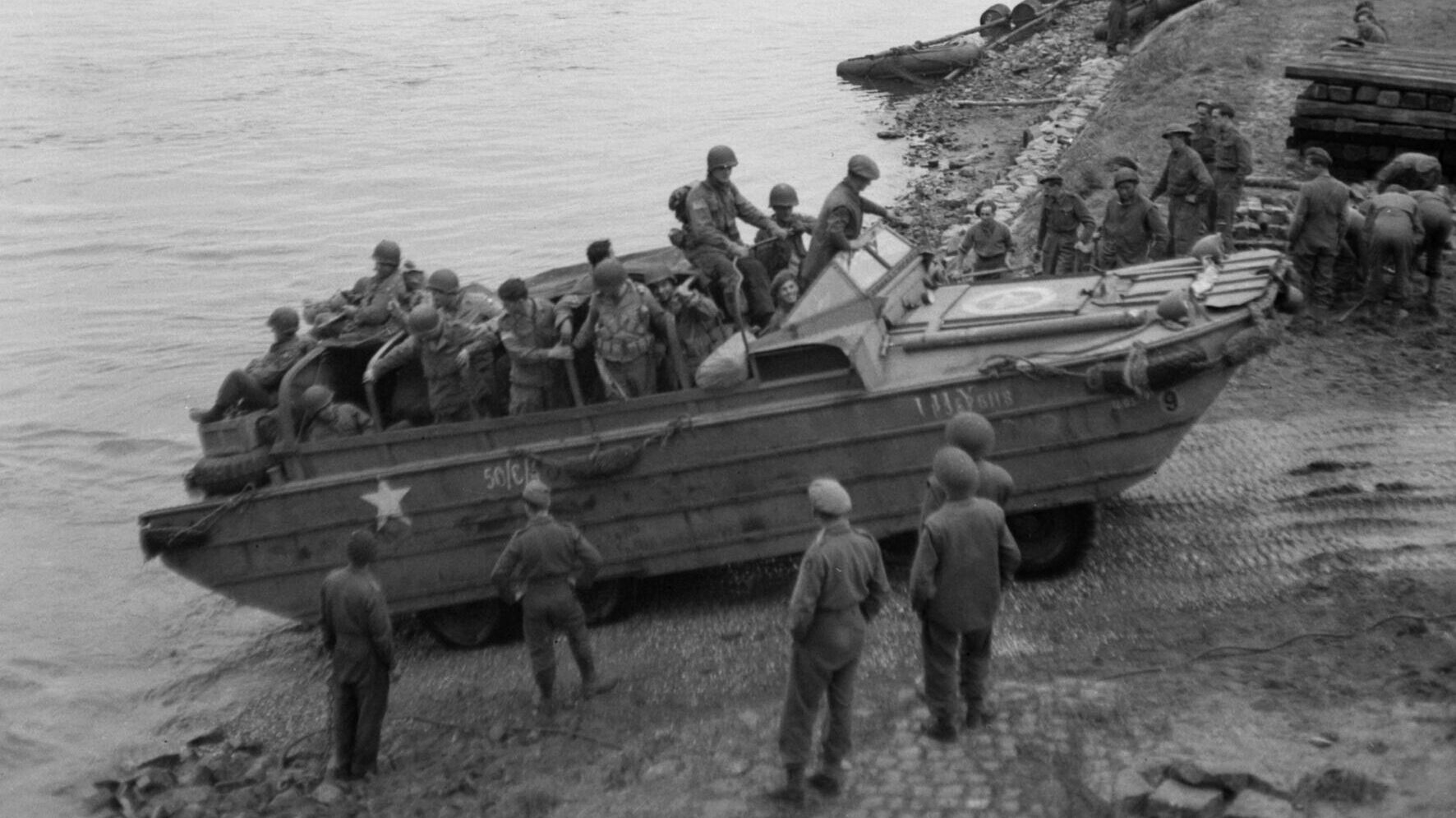
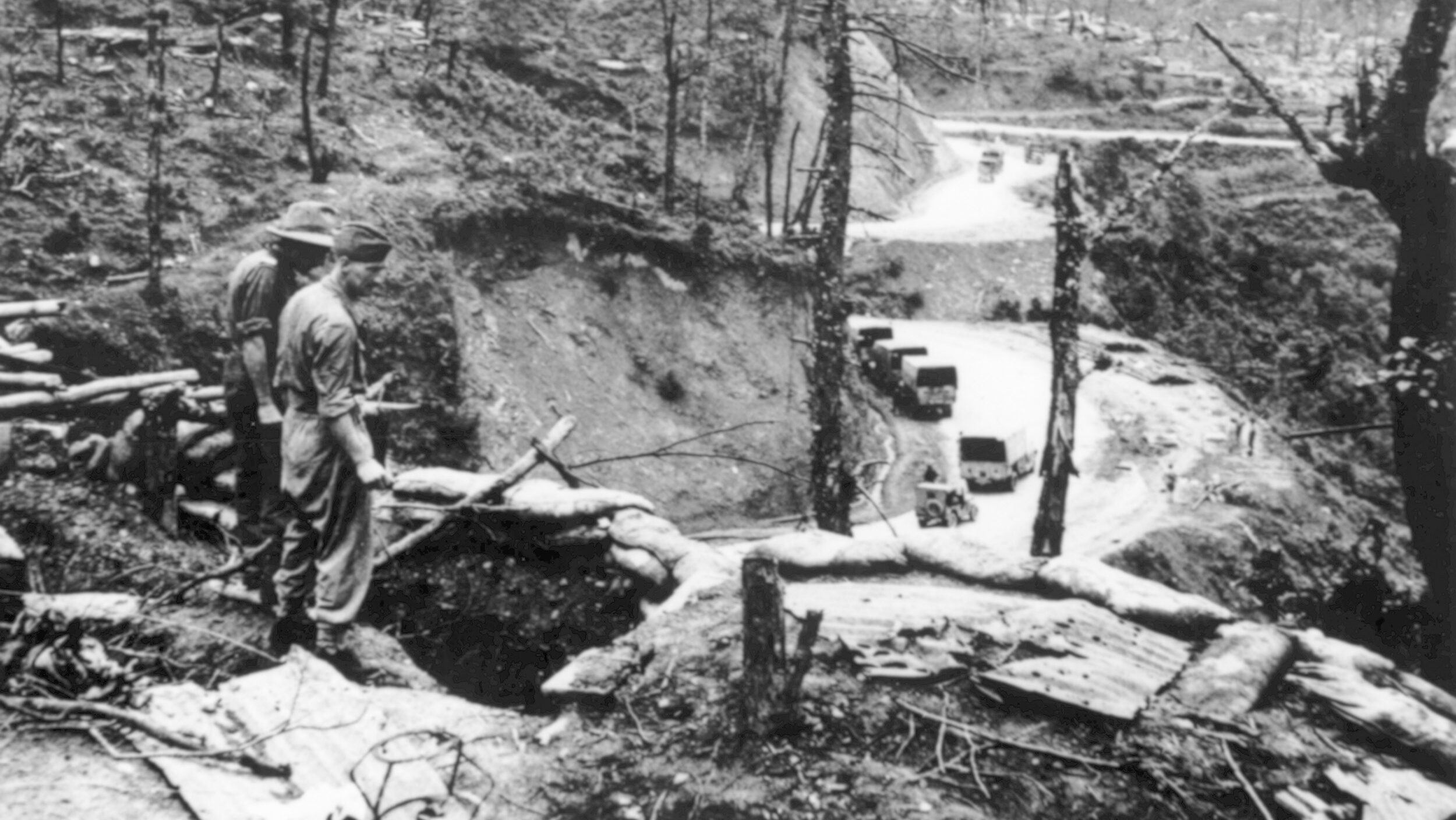

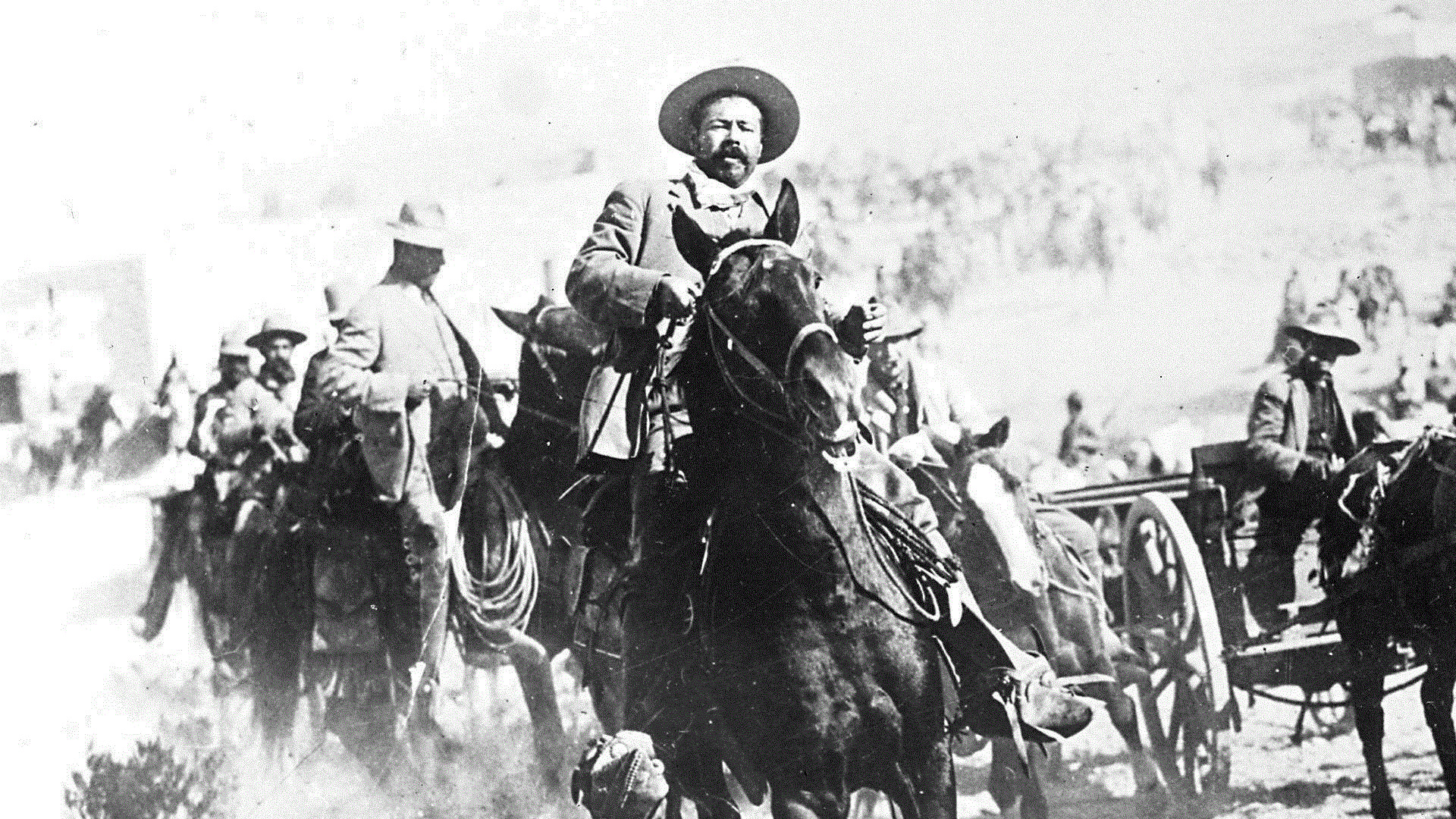
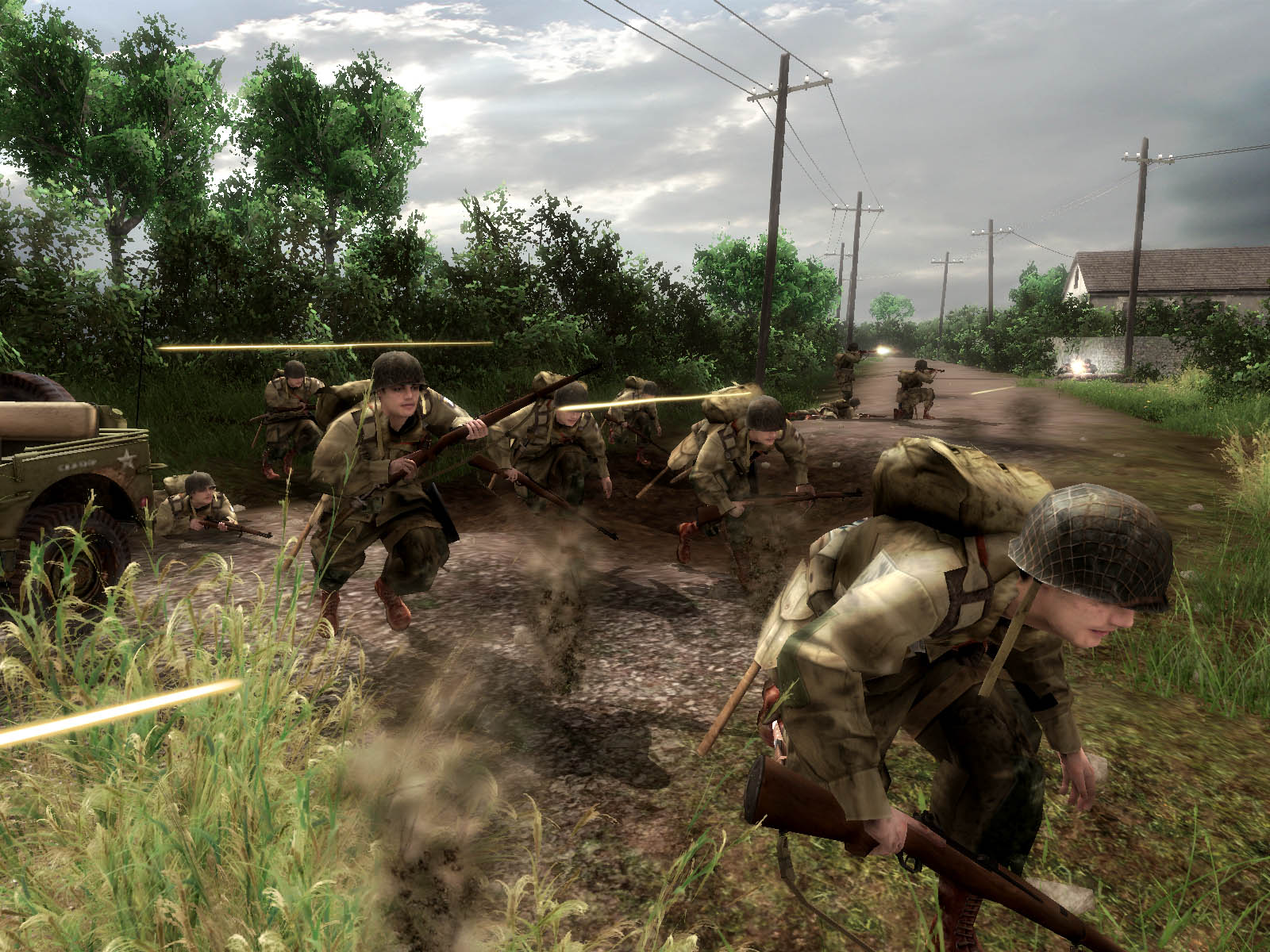

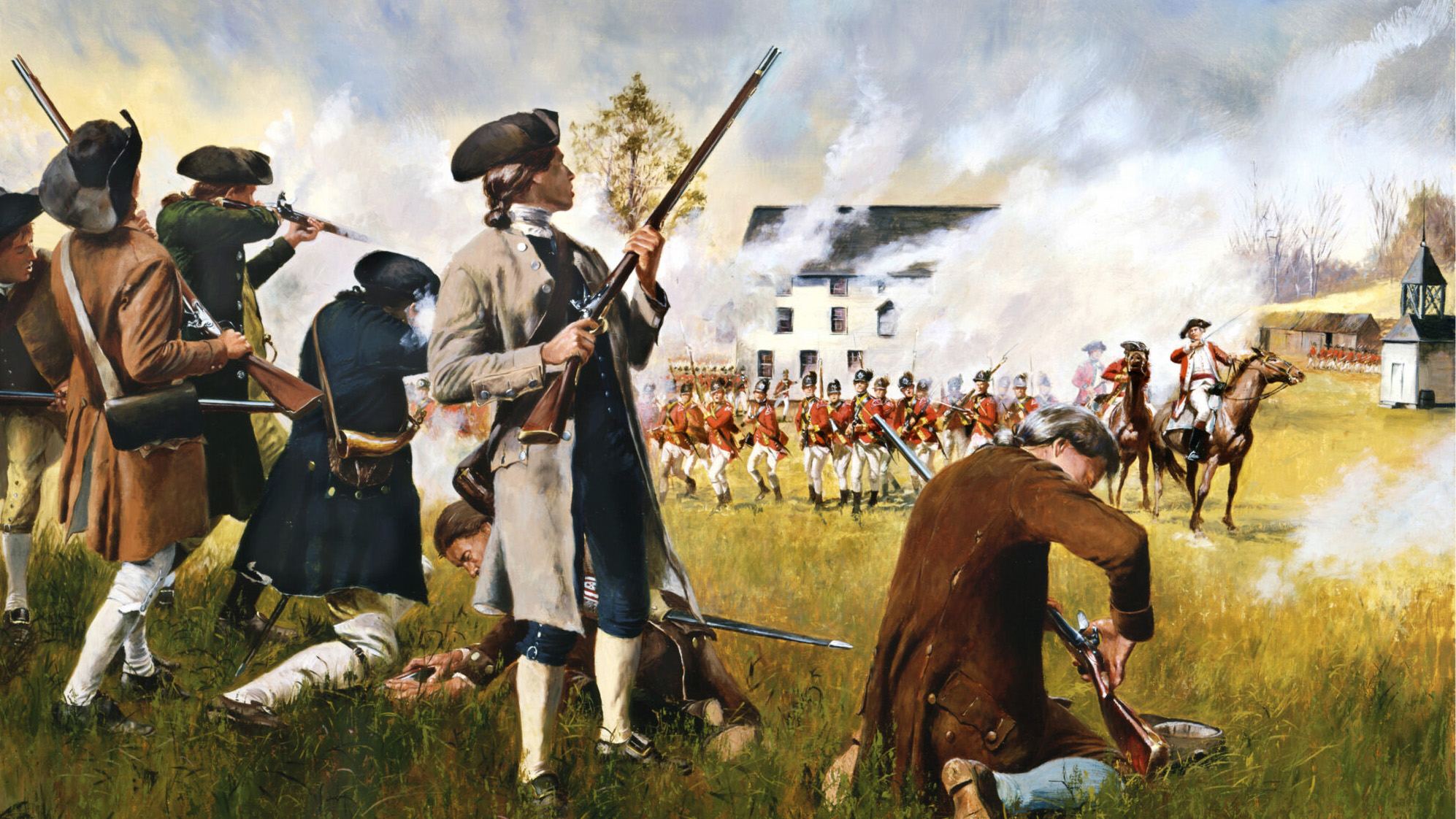
Join The Conversation
Comments
View All Comments